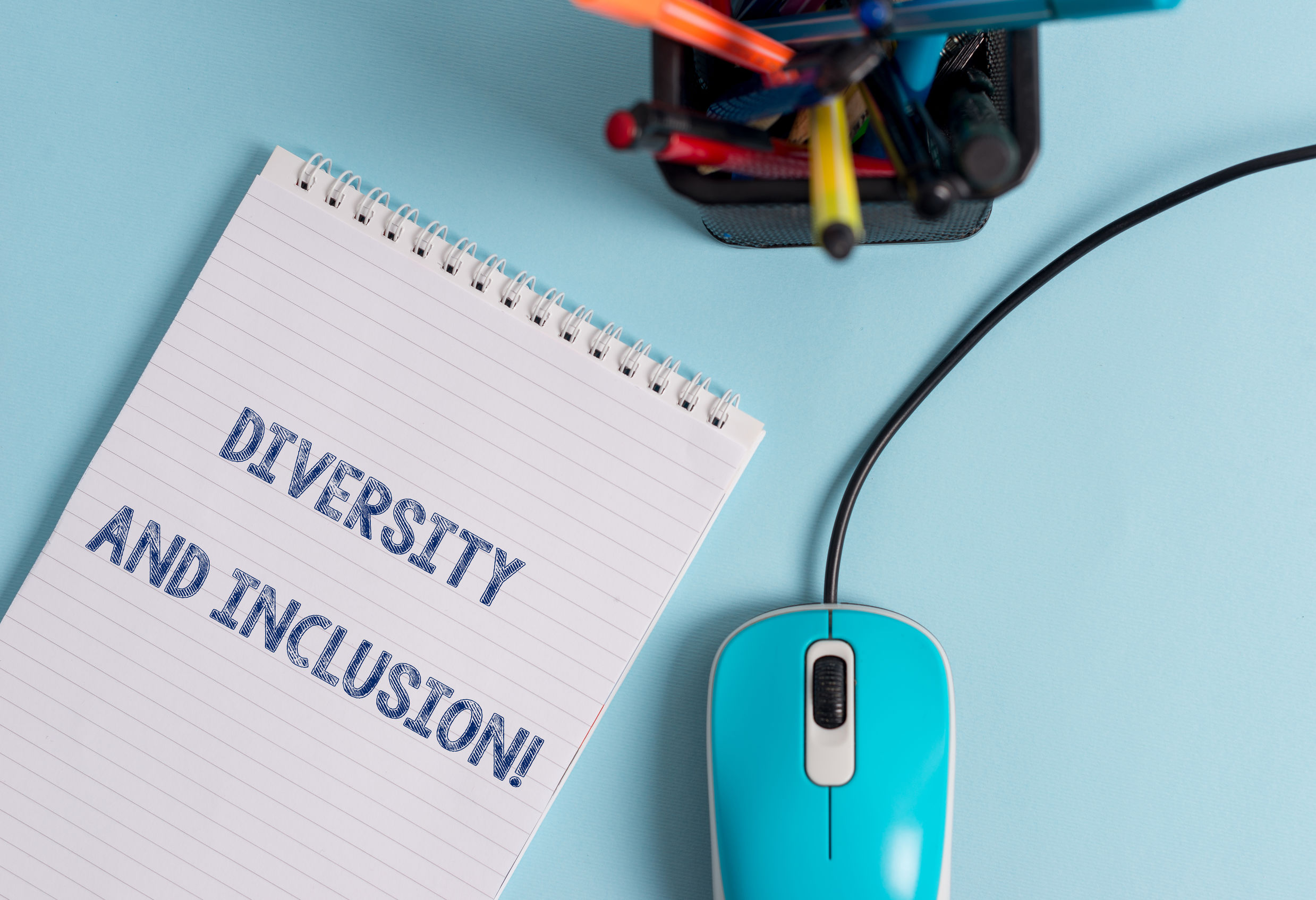4 new imperatives for an inclusive workforce
By Anne Fulton, a Top 100 HR Tech Influencer and, co-founder and CEO of Fuel50. This article was first published on Human Resource Executive.

For HR leaders, the lessons from the tumultuous year of 2020 (so far) are that HR has a clear and unequivocal mandate to create equity initiatives that drive positive change for ALL stakeholders in their organisations. Building an inclusive workforce has never, ever been more critical to the future of our organisations. A recent whitepaper from Gartner may have put it best:
“Amid an ever-widening public conversation about race, equity and justice, we are all processing emotions. But as corporate citizens and HR leaders, we have to consider more than our own feelings; we must be ready to empathise with and respond to the reactions, frustrations and concerns of our employees, managers, leaders and communities.”
The numbers make it clear that there is a lot of work ahead.
- Women continue to be paid less than their male counterparts. According to the World Economic Forum, there is a 32% global gender gap.
- Women of colour represent 18% of entry-level positions, but only 9% go on to become directors or senior managers, according to a May 2020 report from Catalyst.
- In the executive ranks, just 7% of vice-presidents and 5% of senior vice-presidents are diverse women, and Catalyst found that just 4% eventually make it to a C-suite position.
Despite the limited progress in building a diverse workforce, the benefits of one are well established. Diversity has a significant effect on just about every aspect of a company’s culture, and research has shown that bringing diverse viewpoints into organisational discussion improves outcomes at all levels.
A recent story on CNBC.com made a clear business case for greater diversity and inclusion, when it noted: “Social values aside, there’s a real financial risk for companies that fail to put their money where their mouth is. A lack of diversity in background and experience can stifle innovation and promote group-think, while companies that don’t prioritize inclusion may struggle to attract and retain top talent and younger workers.”
This has been an incredibly challenging year, and for the rest of 2020 and beyond, HR leaders can guide their organisations in four key areas that will help to drive consistent and measurable improvement in diversity and inclusion.
- Encourage transparent conversations.
Employees need leaders—at all levels—who demonstrate the organisation’s willingness to engage in difficult conversations about respect, equity and systemic change.
Transparent conversations that include an organisation’s full leadership team are necessary, but they are only the beginning. More than ever, leaders who do not commit to ongoing dialogue and to taking action on the issues raised will lose the trust of their employees.
HR leaders can help by offering managers guidance on how and when those conversations might take place, as well as how they can respond to issues that employees raise that require an equitable resolution.
- Connect ALL employees to training and development.
Diversity and inclusion issues can be complex and often uncomfortable to address. But there is an answer: diversity training.
For diversity training to make a difference, it must be mandatory for all employees at all levels. In addition to issuing written policies, in-person training with activities such as role-playing can help employees better understand and explore diversity and inclusion issues in a safe manner.
Employees should be required to verify that they have completed online training and read the company’s policies. Those policies must also make clear the consequences of non-compliance, and organisations must enforce those rules or risk jeopardizing the progress they have made so far.
One more thing to keep in mind: Although having a diversity training programme is important, that is not enough. The specific kind of training you do is critical, too.
The Harvard Business Review made this point when it wrote, “A blanket [diversity training] programme will likely be a waste of your time—and your employees’ time. But by tailoring empirically supported exercises and activities to your goals and your employees’ characteristics, you can make progress in making your organisation more welcoming and inclusive.”
- Reassess recruiting and hiring tactics.
A lack of workforce diversity can be a huge obstacle for companies seeking to draw in more women and people of colour. That is why taking a fresh and frequent look at everything that impacts how your company sources, interviews and retains employees is essential.
One way to approach this problem is with a modified version of the divide-and-conquer method. For example, review current metrics to assess just how well your existing practices are helping you to meet diversity goals, then tackle one area at a time for improvement, such as adding more people of colour to the finance team or more women in software development.
Diverse candidates want to work for a company that welcomes them and responds to their needs, so be prepared to take a closer look at everything from marketing to healthcare policies with an eye to how they can support your efforts to recruit a diverse workforce.
In short, the more diverse your staff is, the easier it will be to recruit other diverse people to come on board.
- Get help from cutting-edge technology.
A recent Gartner report shows what many HR leaders should remember that it takes support from the right technology to ensure that your diversity and inclusion initiatives are successful.
Here’s how they put it: “Embedding AI capabilities in talent selection will enable organisations to actively seek out and engage potential workers, creating a more diverse and flexible workforce with skills closely matched to top business priorities.”
There are many reasons to invest in technology, but if you truly want to build a diverse, high-performing workforce, investing in AI and other modern technologies is an important piece of the puzzle. The workforce of the future expects progress—and a transparent talent marketplace helps companies deliver it.
Getting to that point may be difficult, but leveraging technology in this battle is key … if you truly are dedicated to building a diverse, inclusive and sustainable workforce that allows you to meet your business goals both today and in the future.
Yes, building an inclusive workforce has never, ever been more critical to the future of our organisations. Are you doing all you can do to get there?



